Food plays a pivotal part in our lives, yet we often find ourselves consuming it without deep appreciation, having been privileged to enjoy life with ample access to food. In moments like grocery shopping or dining out at a restaurant, the presence of food producers often feels detached from our daily lives. Consequently, we tend to overlook the considerable efforts and sacrifices made by countless individuals and the animals themselves.
Centered around the crucial theme of “food waste”, I aim to bridge this gap by offering a design solution that fosters a deeper connection between consumers and the dedicated producers who bring our food from farm to table. As a unique solution to food waste, I decided to develop a brand for a pre-portioned meal kit service. Introducing “Reach”, with a farm-to-table concept, offers a meal-kit service coming to the door every week. What sets Reach apart is its focus on transparency. Through its supporting app, users gain access to information typically unseen on packaging, including the product’s origin, the farmer who harvested it, and even recipes using the product. Additionally, the app allows users to send messages of thanks to farmers, fostering appreciation for the food we eat daily and empowering users to connect meaningfully with their food sources. This integrated approach promotes a mindful dining experience.
I started with extensive research, including desktop research on food waste statistics and a survey of over 75 people from all over the world, representing different food cultures. This diverse input helped shape my design idea. I also visited the Stone Barns Center for Food & Agriculture in upstate New York, where I connected with the people and animals there. Being in that thoughtfully designed space gave me a profound sense of the connection between people and the source of their food. To bring the brand to life, I used my own photography from Alstede Farms in New Jersey, which I visited, tying everything together beautifully. I also went through the process of printing out the labels, envelopes, and recipes, ensuring every detail was perfect.
Main users for Reach are individuals or families who purchase and use Reach meal kits and secondary users are producers who supply the ingredients for Reach meal kits. Reach serves as a bridge between those two. Advances in technology enable them to facilitate direct communication even far apart. For wider context, it can be a useful resource of education teaching about sustainable food practices.
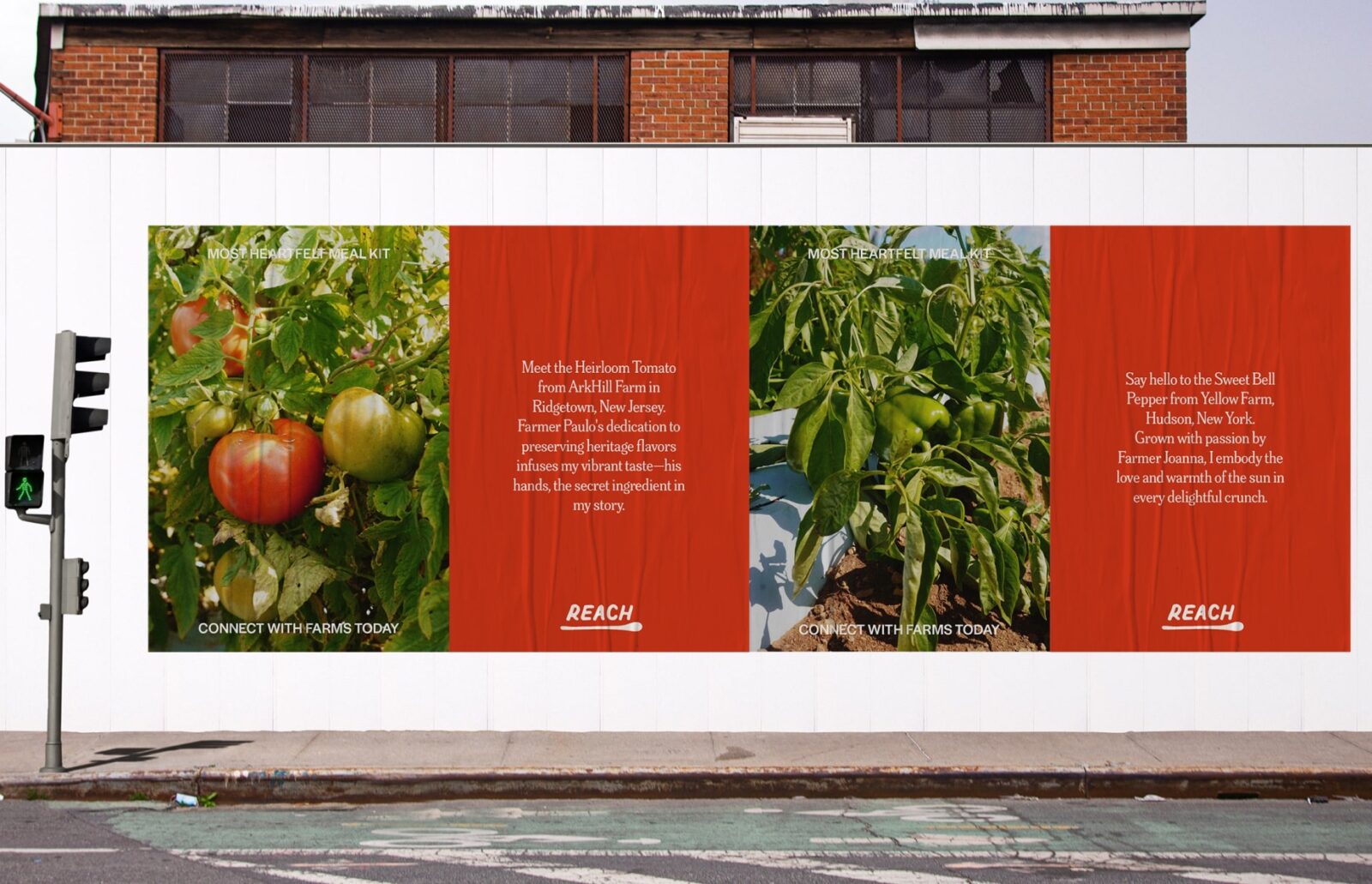
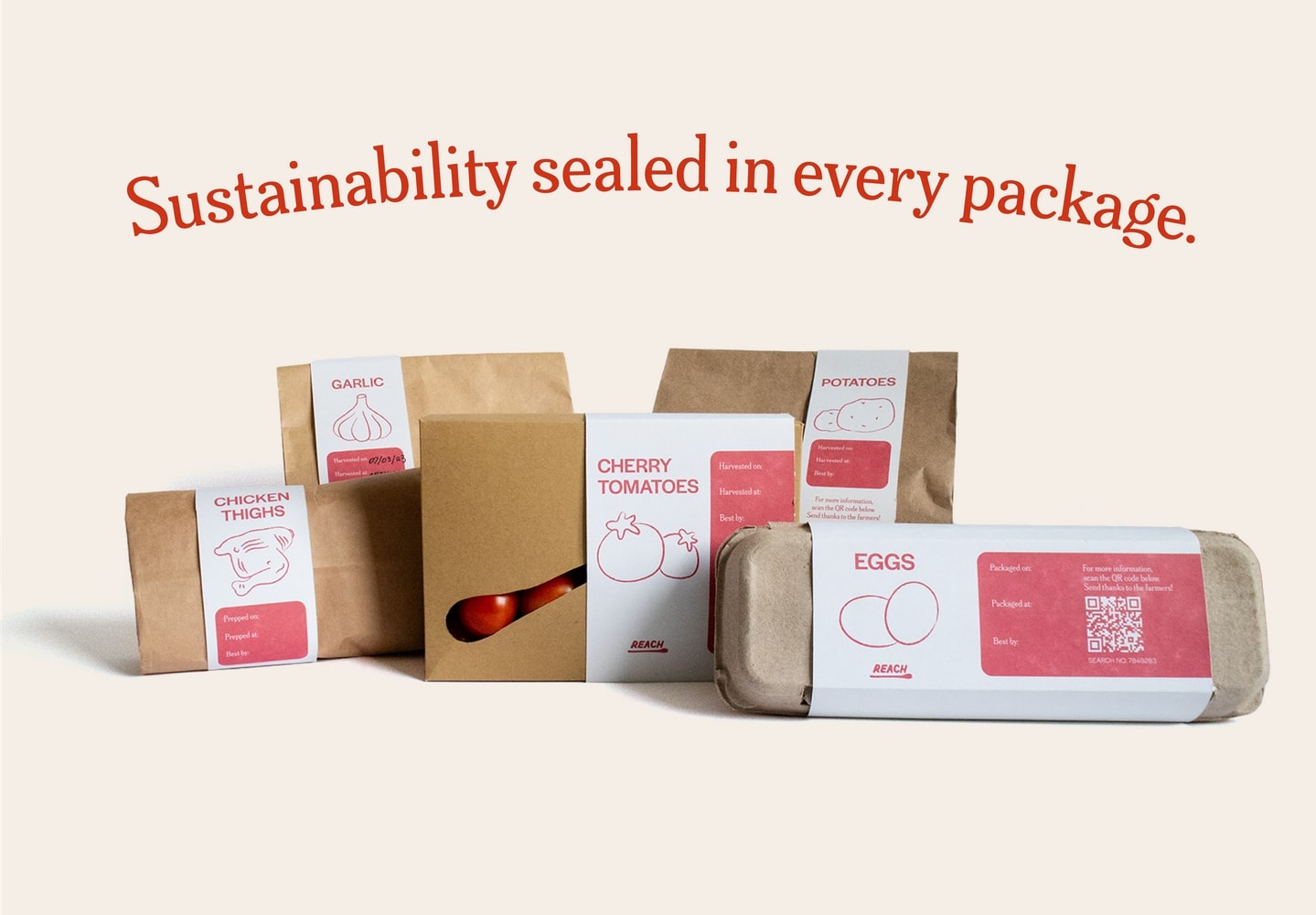
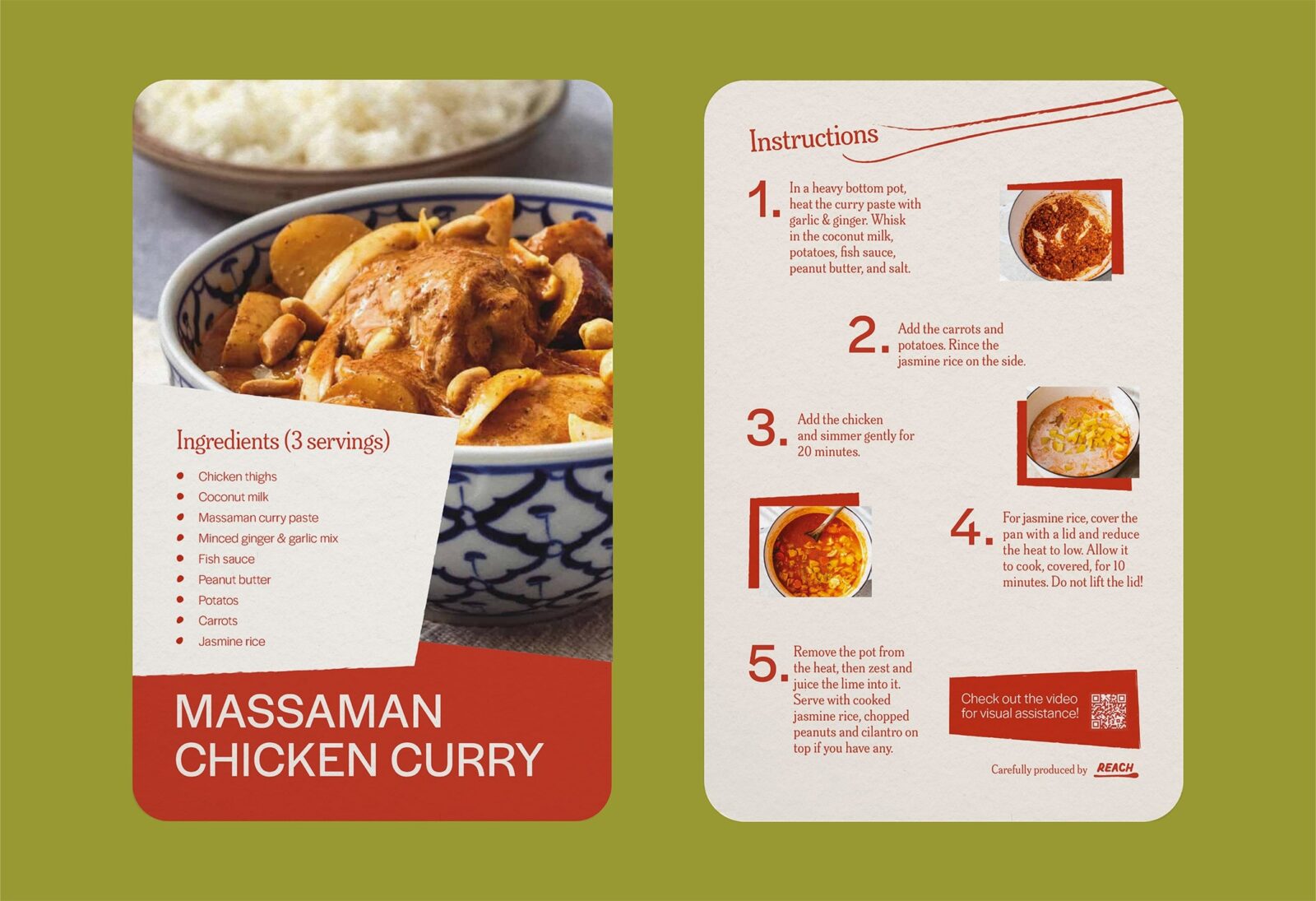
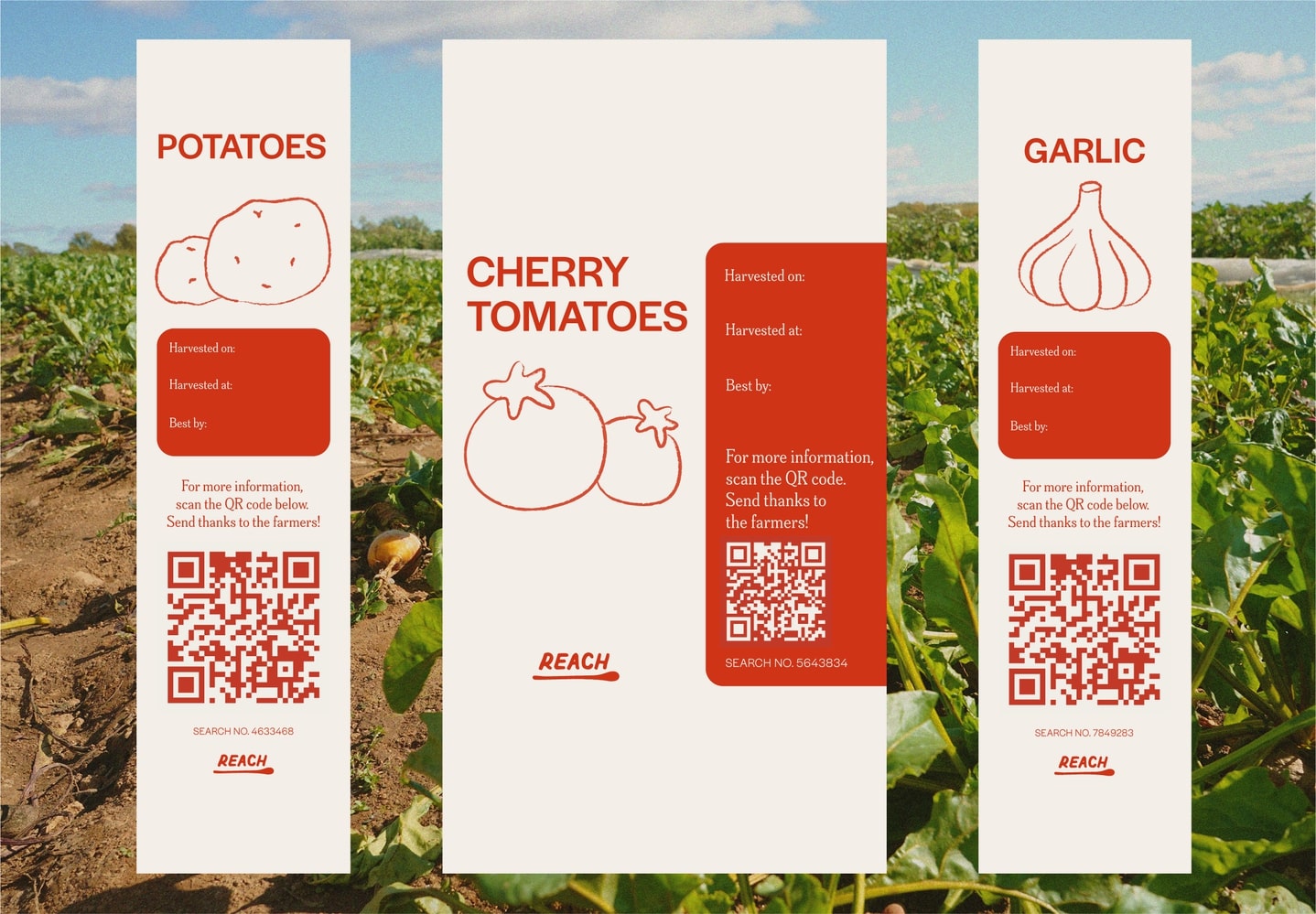

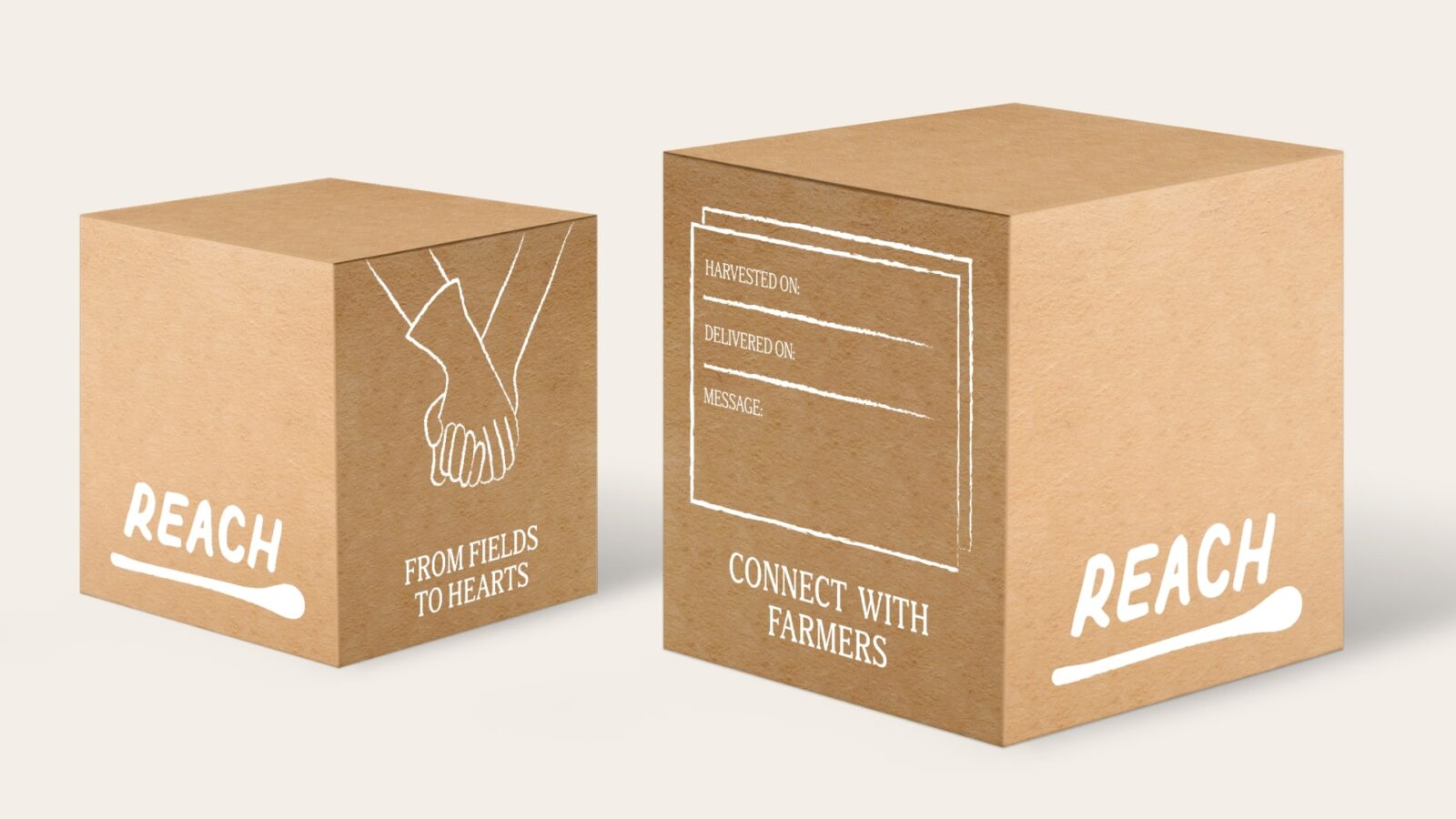
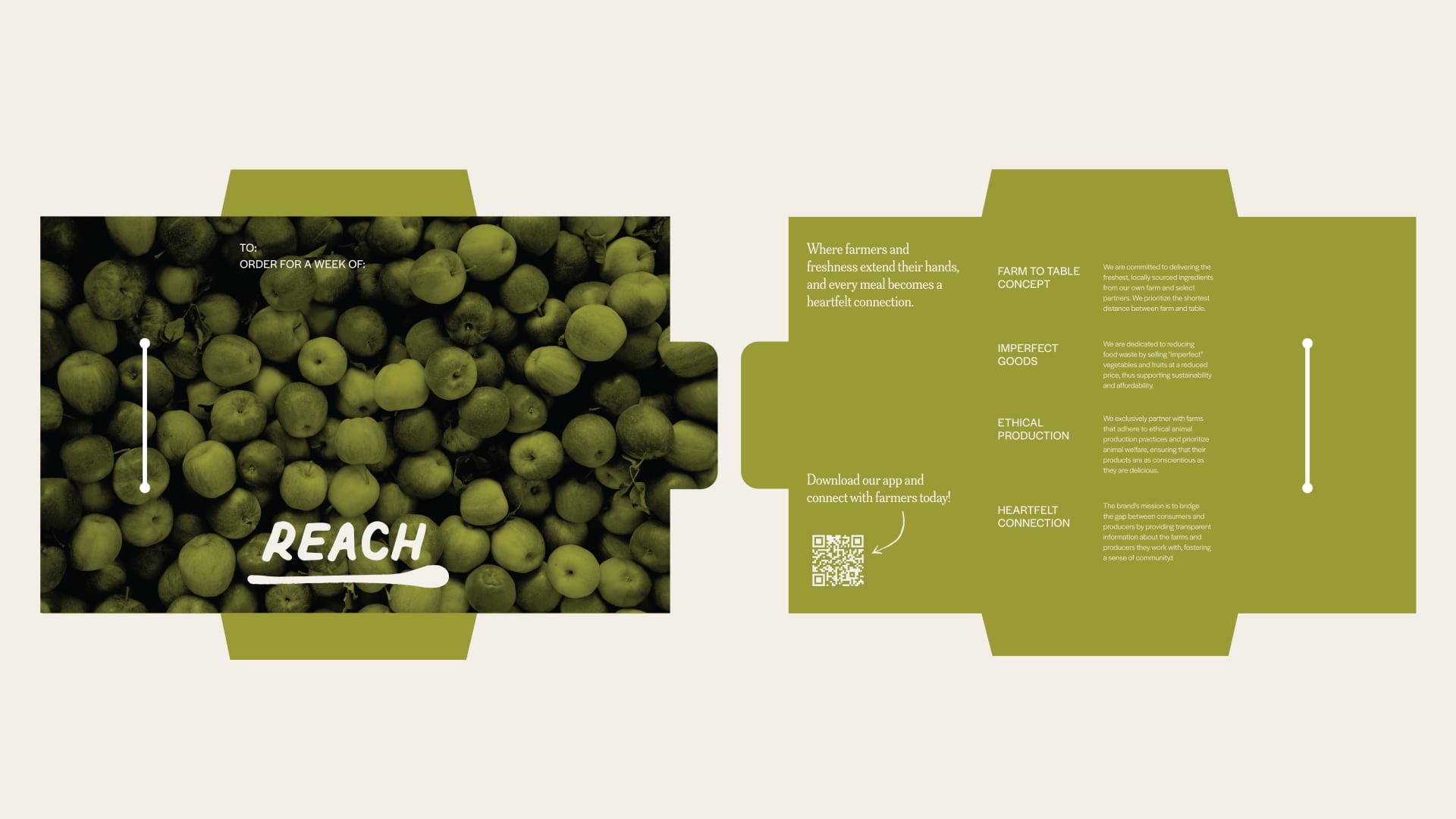
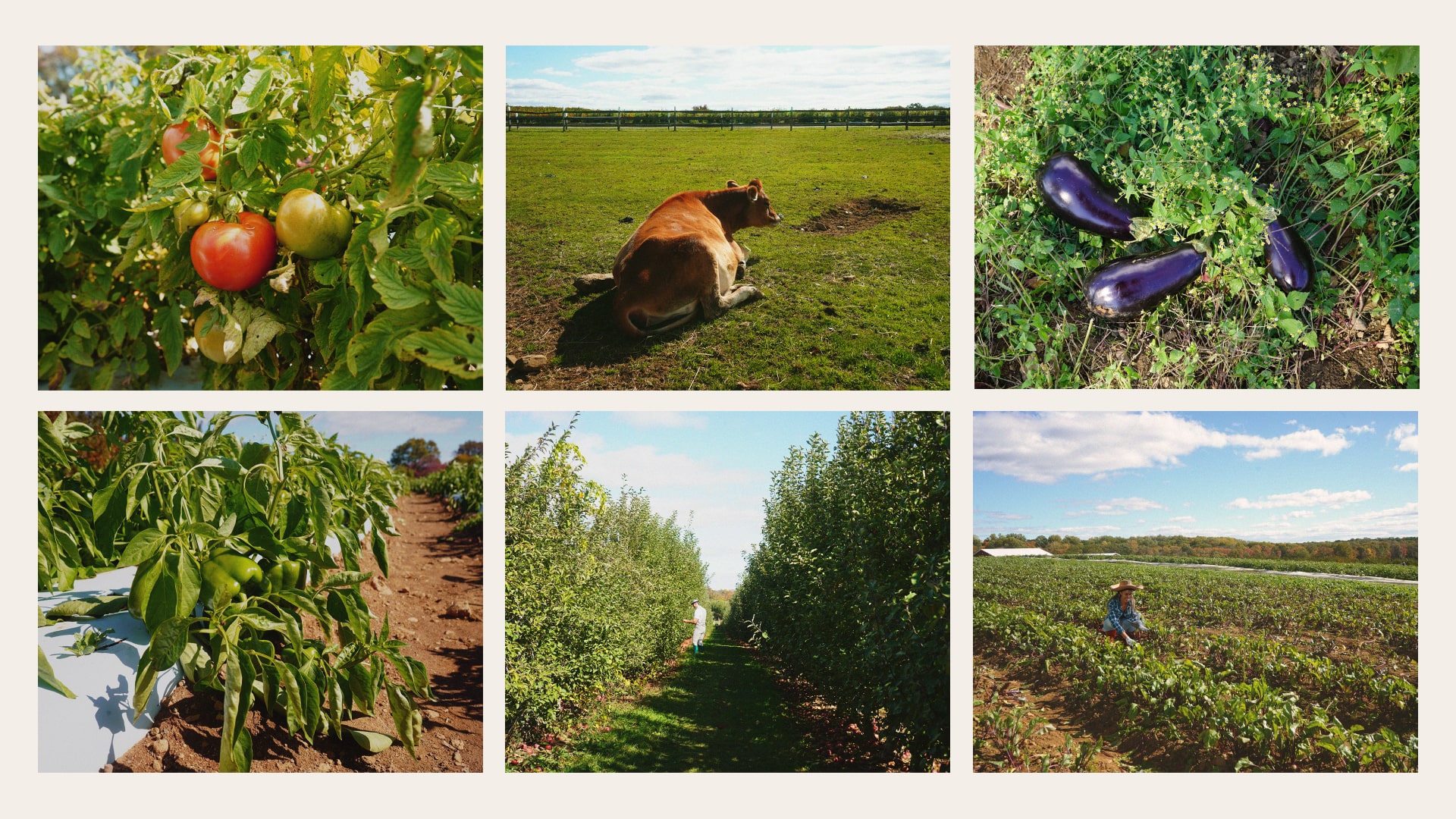
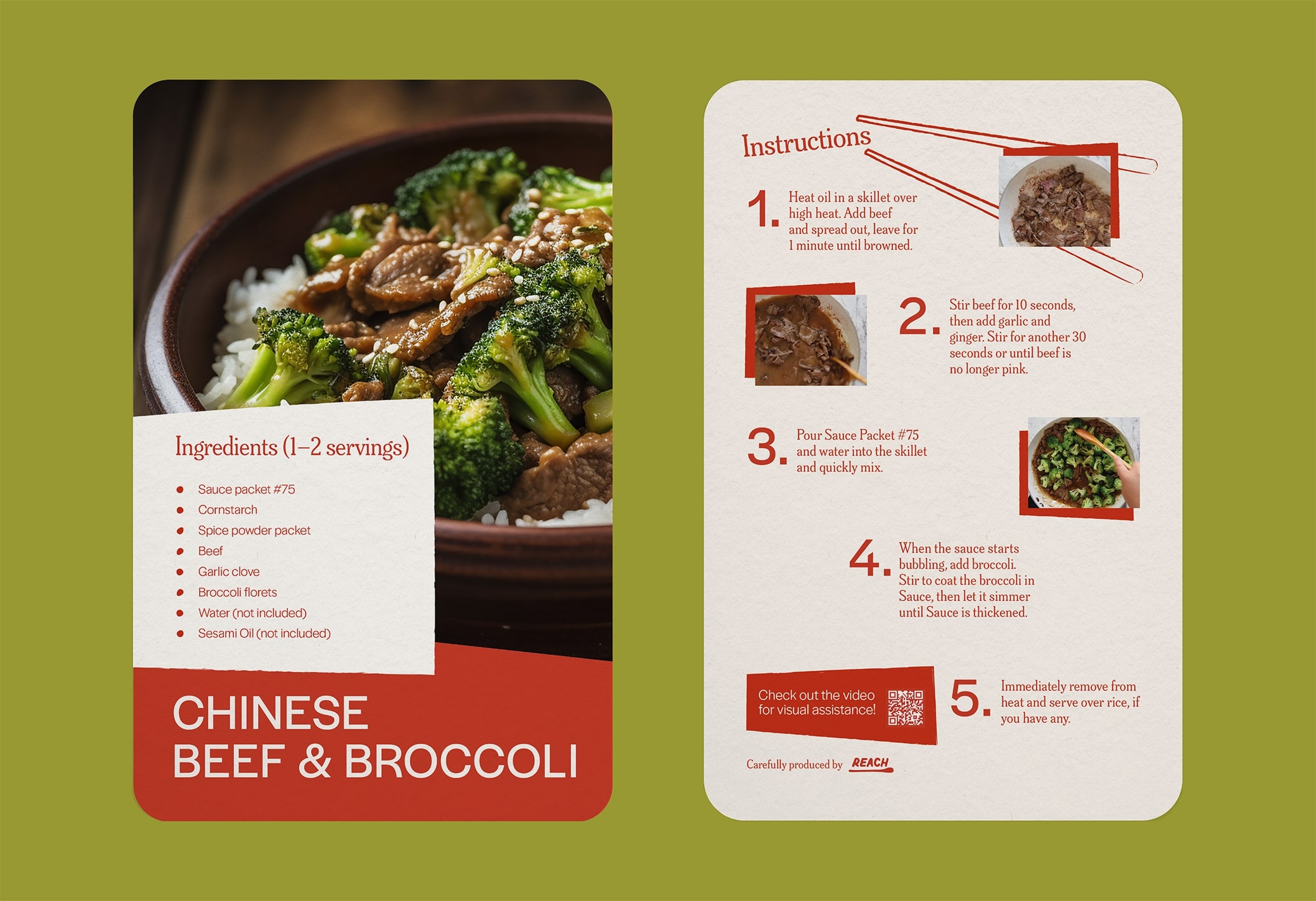
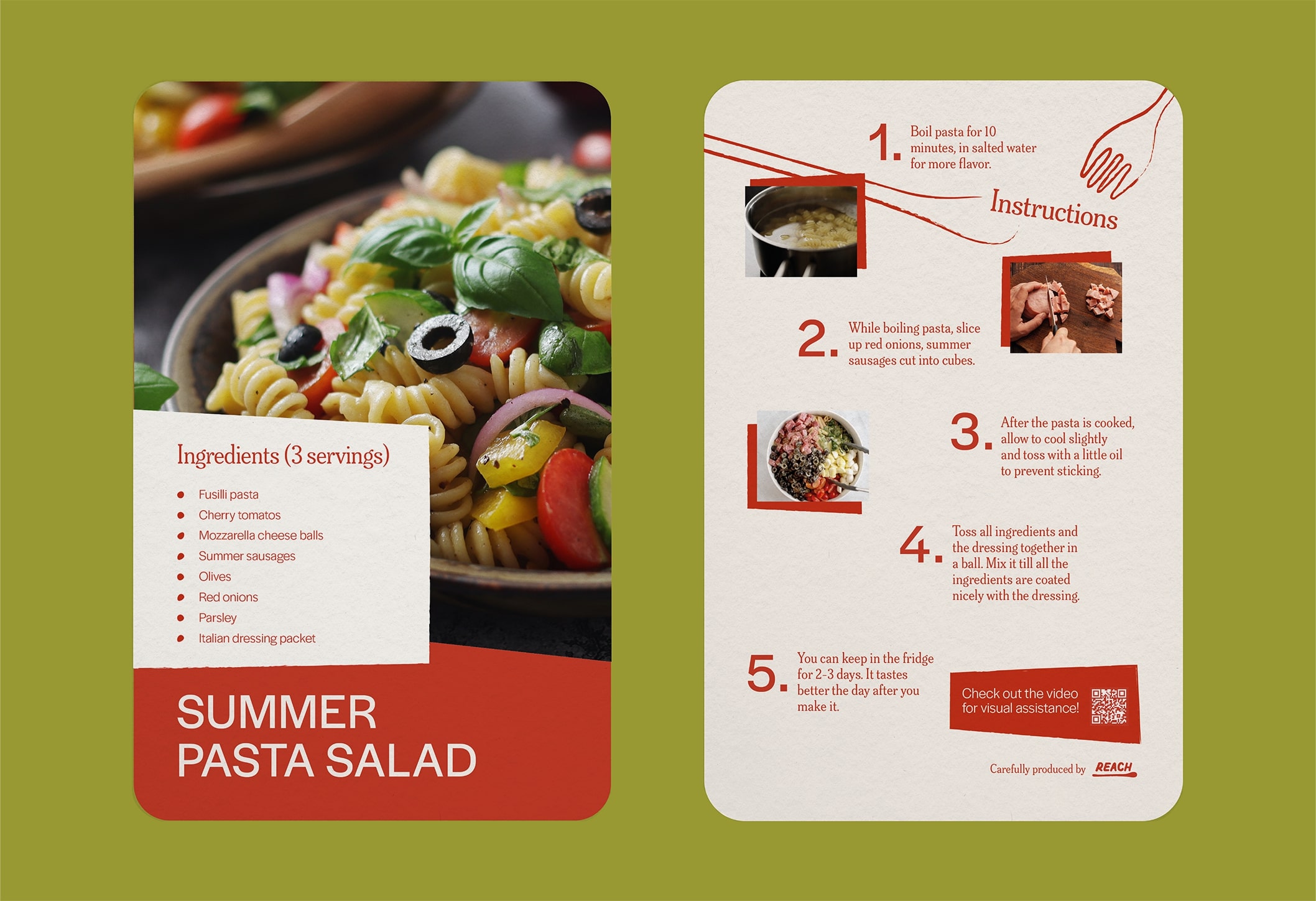
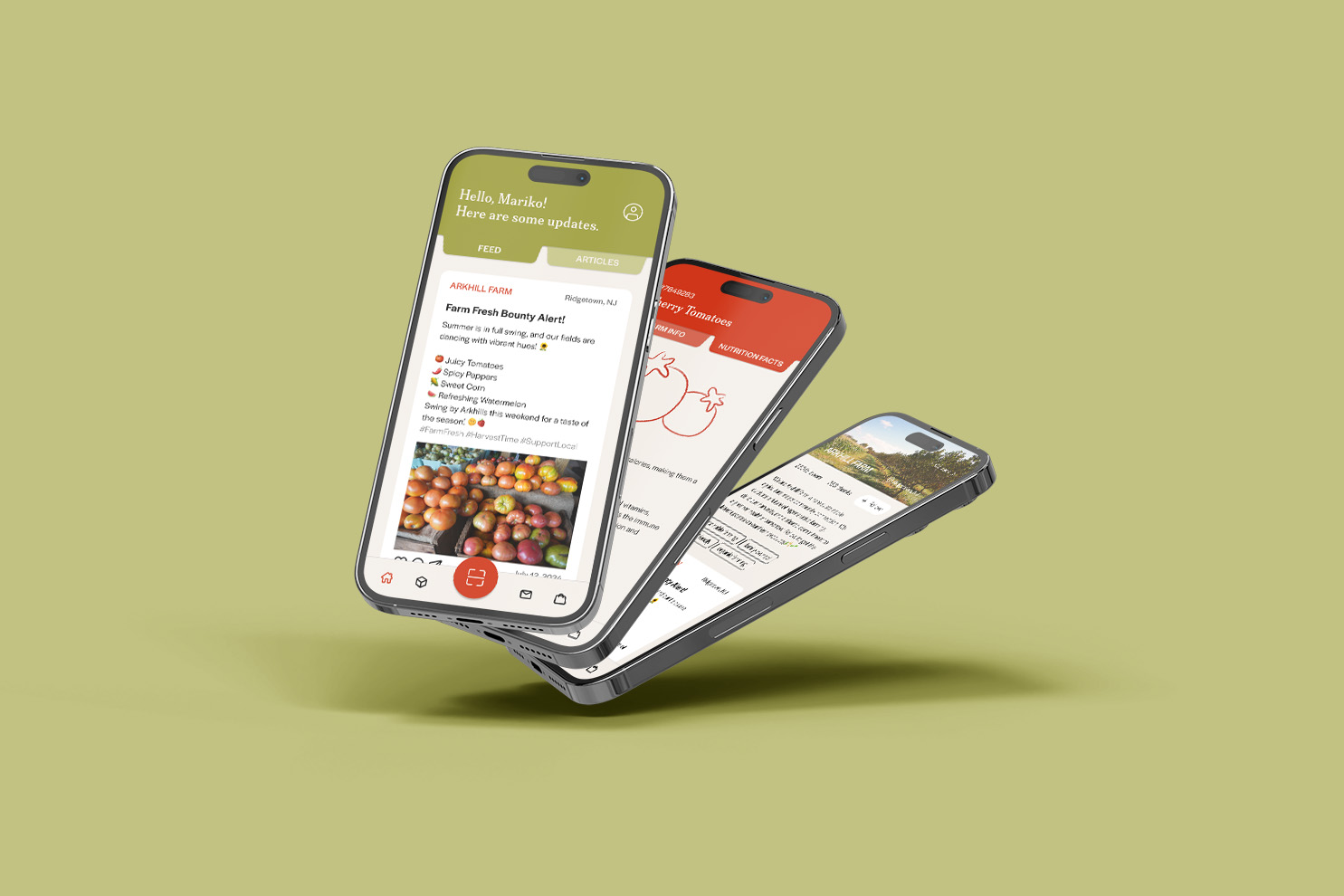
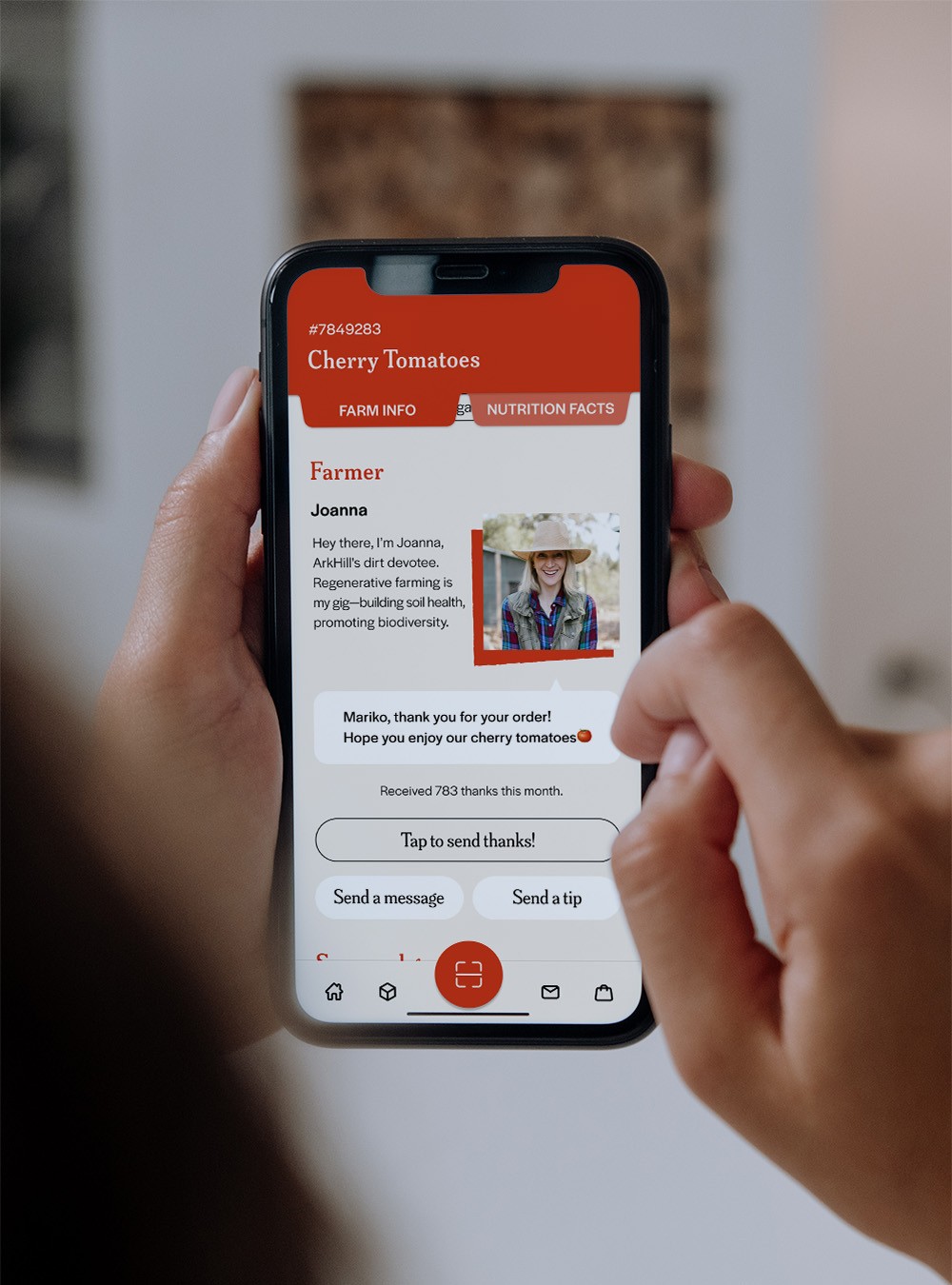
CREDIT
- Agency/Creative: Mariko Saji
- Article Title: Student Mariko Saji Creates Brand Identity for Reach
- Organisation/Entity: Student
- Project Status: Non Published
- Agency/Creative Country: United States of America
- Agency/Creative City: New York
- Keywords: WBDS Student Design Awards 2024/25
- Keywords: WBDS Student Design Awards 2024/25
-
Credits:
Educational Institution: The New School - Parsons School of Design - AAS Communication Design
Educator's Name: Emily Wardwell











